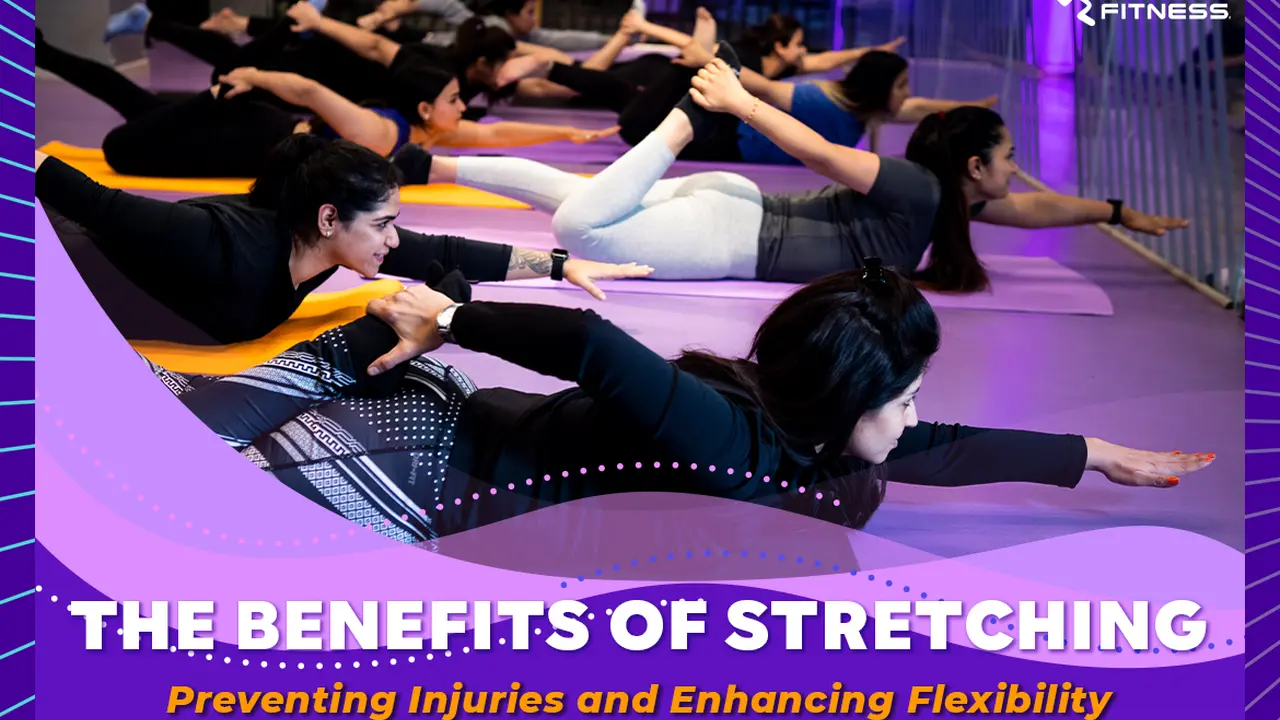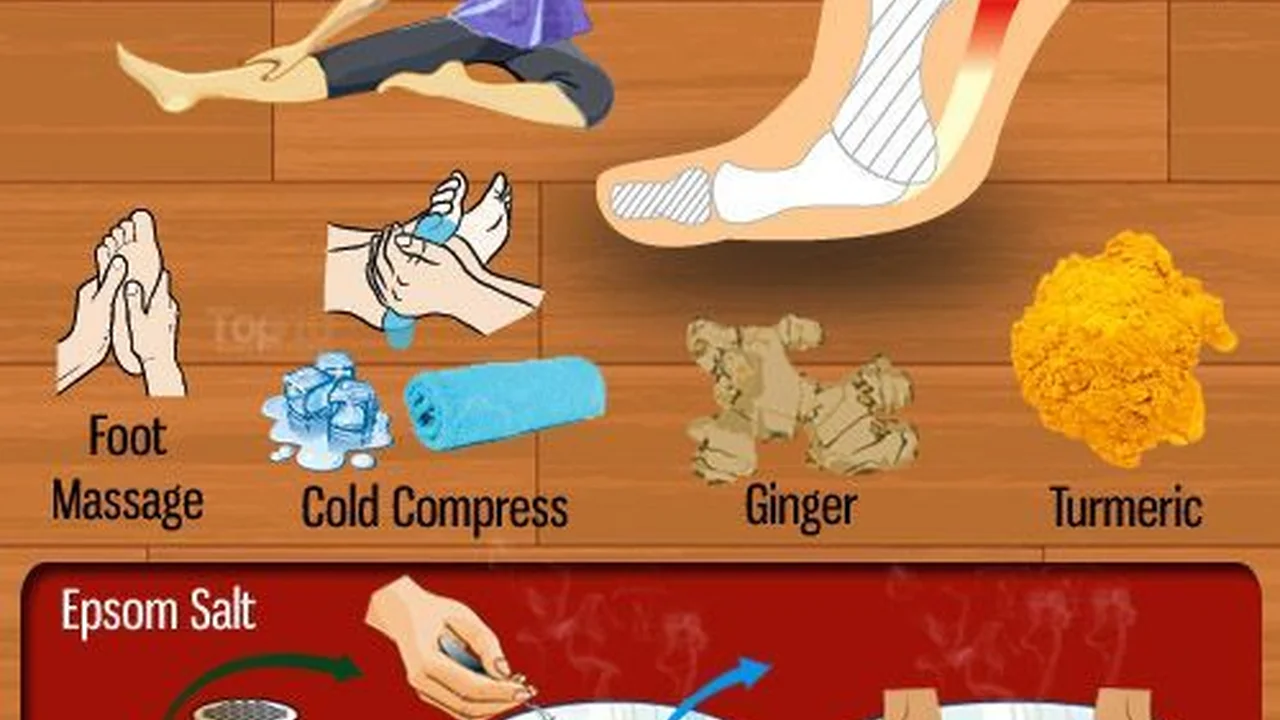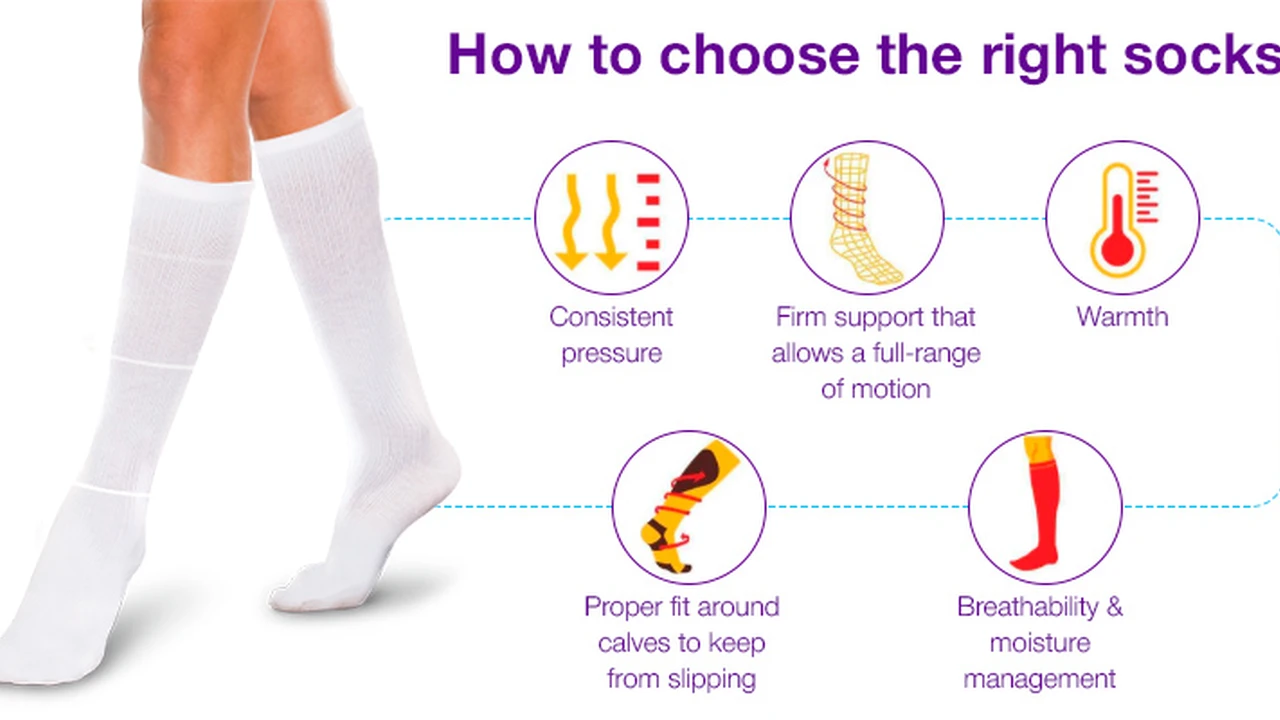The Importance of Stretching for Injury Prevention

Understanding Common Injuries and Pain Points
Let's face it, injuries and pain are a part of life, especially if you're active. Whether you're a seasoned athlete, a weekend warrior, or just navigating daily activities, understanding the common types of injuries and pain points is crucial for effective management and prevention. We're not talking about becoming a doctor overnight, but rather equipping yourself with the knowledge to recognize symptoms and make informed decisions about your health.
So, where do most people run into trouble? Think about repetitive motions, sudden impacts, or simply overuse. Sprains, strains, fractures, dislocations – the list can seem daunting. But breaking it down into categories makes it more manageable. We'll look at musculoskeletal injuries (affecting muscles, bones, ligaments, and tendons), nerve-related pain, and even some common causes of chronic pain.
For example, let's consider lower back pain. It's almost a universal experience at some point. It can stem from poor posture, heavy lifting, or even just sitting for extended periods. Understanding the potential causes is the first step towards finding relief. Similarly, understanding the difference between a muscle strain and a ligament sprain is crucial for appropriate treatment. A strain involves damage to muscle fibers, while a sprain affects ligaments, the tissues that connect bones. Knowing this distinction allows you to better communicate your symptoms to a healthcare professional and receive targeted care.
And pain itself? It's not just a sensation; it's a signal. Your body is telling you something is wrong. Ignoring that signal can lead to more serious problems down the road. Learning to interpret the type and location of pain can provide valuable clues about the underlying issue. Sharp, localized pain might indicate an acute injury, while dull, aching pain could be a sign of chronic inflammation.
Effective Pain Management Strategies A Toolkit for Relief
Okay, so you're hurting. What now? Luckily, there's a whole arsenal of pain management strategies you can explore. We're not just talking about popping pills (although medication can be necessary in some cases). Think of this as building your own personal toolkit for pain relief, filled with a variety of options to suit your individual needs and preferences.
First up: RICE – Rest, Ice, Compression, and Elevation. This is the go-to protocol for many acute injuries. Rest allows the injured tissue to heal, ice reduces inflammation, compression minimizes swelling, and elevation helps drain excess fluid. It's a simple yet powerful combination that can significantly alleviate pain and promote recovery.
But what about longer-term solutions? Physical therapy plays a vital role in restoring function and reducing pain. A physical therapist can assess your condition, develop a personalized treatment plan, and guide you through exercises to strengthen muscles, improve flexibility, and correct movement patterns. This is especially important for preventing re-injury.
Then there are alternative therapies, such as acupuncture, massage therapy, and chiropractic care. While the scientific evidence for their effectiveness varies, many people find them helpful in managing pain and improving overall well-being. Acupuncture involves inserting thin needles into specific points on the body to stimulate energy flow and promote healing. Massage therapy can relieve muscle tension, improve circulation, and reduce stress. Chiropractic care focuses on aligning the spine and other joints to improve nerve function and reduce pain.
And let's not forget the power of the mind-body connection. Techniques like meditation, yoga, and deep breathing exercises can help you manage pain by reducing stress, improving relaxation, and increasing awareness of your body. Chronic pain, in particular, can be exacerbated by stress and anxiety. Learning to manage these emotions can significantly impact your pain levels.
The Role of Topical Pain Relief Creams and Gels An In-Depth Look
Topical pain relief creams and gels have become a staple in many medicine cabinets, offering a convenient and accessible way to manage pain. But with so many options available, how do you choose the right one? And how do they actually work? Let's dive into the world of topical analgesics and explore their potential benefits and limitations.
These products typically contain ingredients that either numb the area (like lidocaine) or create a cooling or warming sensation (like menthol or capsaicin). Lidocaine works by blocking nerve signals, effectively reducing pain in the treated area. Menthol creates a cooling sensation that can distract from pain, while capsaicin, derived from chili peppers, works by depleting a neurotransmitter called substance P, which is involved in pain signaling.
One popular option is the Biofreeze Pain Relief Gel. It contains menthol as its active ingredient and provides a cooling sensation that can be particularly effective for muscle aches, sprains, and strains. Its gel form allows for easy application and absorption. A 4 oz tube typically costs around $12.
Another option is Salonpas Pain Relieving Patches. These patches contain both menthol and methyl salicylate, another ingredient that provides a warming sensation. They are convenient to use and can provide long-lasting pain relief. A box of 60 patches costs approximately $15.
For more targeted pain relief, consider Penetrex Pain Relief Cream. It's formulated with a blend of ingredients, including arnica and vitamin B6, and is designed to penetrate deep into tissues to reduce inflammation and promote healing. It's often used for conditions like arthritis, carpal tunnel syndrome, and plantar fasciitis. A 2 oz jar costs around $20.
When comparing these products, consider the type of pain you're experiencing, the desired sensation (cooling or warming), and the application method. Gels are generally easy to apply and absorb quickly, while patches offer long-lasting relief. Creams may be more suitable for deep tissue pain.
It's also important to read the product labels carefully and follow the instructions. Some topical analgesics can cause skin irritation, so it's best to test a small area first. And remember, these products are intended for temporary pain relief and should not be used as a substitute for medical care.
Essential Supplements for Injury Recovery and Pain Reduction
While topical creams and gels can provide immediate relief, supplements can play a crucial role in supporting long-term injury recovery and pain reduction. They provide the building blocks your body needs to repair tissues, reduce inflammation, and manage pain. But with so many supplements on the market, it's important to choose the right ones and understand how they work.
One of the most popular supplements for joint health is glucosamine and chondroitin. These compounds are naturally found in cartilage and help to maintain its structure and function. Studies have shown that glucosamine and chondroitin can reduce pain and improve mobility in people with osteoarthritis. A bottle of 120 capsules, containing both glucosamine and chondroitin, typically costs around $25.
Another essential supplement for injury recovery is collagen. Collagen is the most abundant protein in the body and is a key component of connective tissues, including tendons, ligaments, and cartilage. Supplementing with collagen can help to strengthen these tissues and promote healing. Look for hydrolyzed collagen peptides, which are easier for the body to absorb. A container of collagen powder costs approximately $30.
For reducing inflammation, consider turmeric. Turmeric contains curcumin, a powerful antioxidant and anti-inflammatory compound. Studies have shown that curcumin can be as effective as some over-the-counter pain relievers in reducing pain and inflammation. Look for a turmeric supplement that contains piperine, which enhances curcumin absorption. A bottle of 60 capsules costs around $20.
Omega-3 fatty acids, found in fish oil, are also beneficial for reducing inflammation. They help to balance the body's inflammatory response and can reduce pain associated with conditions like arthritis. Aim for a supplement that provides at least 1000 mg of EPA and DHA per day. A bottle of 120 softgels costs approximately $25.
When choosing supplements, look for products that have been third-party tested for purity and potency. And always consult with your doctor or a registered dietitian before starting any new supplement regimen, especially if you have any underlying health conditions or are taking medications.
The Importance of Proper Warm-Up and Cool-Down Techniques Injury Prevention
We've already discussed treating injuries, but what about preventing them in the first place? Proper warm-up and cool-down techniques are essential for preparing your body for activity and helping it recover afterward. They can reduce your risk of injury and improve your overall performance.
A warm-up prepares your muscles and joints for exercise by increasing blood flow and flexibility. It should include both dynamic stretching and light cardiovascular activity. Dynamic stretching involves moving your body through a range of motion, such as arm circles, leg swings, and torso twists. This helps to increase blood flow to the muscles and improve flexibility. Light cardiovascular activity, such as jogging or jumping jacks, raises your heart rate and prepares your cardiovascular system for more intense exercise.
A good warm-up should last for at least 10-15 minutes and should be tailored to the specific activity you're about to perform. For example, if you're going for a run, your warm-up should include dynamic stretches that target your legs and hips, such as leg swings and hip circles. If you're lifting weights, your warm-up should include light sets of the exercises you're about to perform.
A cool-down, on the other hand, helps your body recover after exercise by gradually lowering your heart rate and blood pressure. It should include static stretching, which involves holding a stretch for 30 seconds or more. This helps to improve flexibility and reduce muscle soreness. Light cardiovascular activity, such as walking, can also be beneficial for promoting recovery.
Just as with your warm-up, your cool-down should be tailored to the specific activity you've performed. Focus on stretching the muscles you used during your workout. For example, if you ran, stretch your hamstrings, quadriceps, and calves. If you lifted weights, stretch the muscles you worked during your session.
Ignoring warm-up and cool-down routines is like skipping the foundation and roof of a house – you might get away with it for a while, but eventually, problems will arise. Investing a few minutes in these routines can save you from weeks or even months of pain and recovery.
Ergonomics and Posture Correction Strategies For Pain Free Living
In today's world, many of us spend hours sitting at desks, staring at screens. This can lead to poor posture, muscle imbalances, and chronic pain. Ergonomics, the science of designing workspaces and equipment to fit the human body, plays a crucial role in preventing these problems. By making simple adjustments to your workstation and adopting good posture habits, you can significantly reduce your risk of pain and injury.
First, let's talk about your chair. It should provide adequate support for your lower back and have adjustable height and armrests. Your feet should be flat on the floor or supported by a footrest. If your chair doesn't have adequate lumbar support, consider using a lumbar support pillow. You can find these pillows online or at office supply stores for around $20-$30.
Next, consider the position of your monitor. It should be placed at arm's length away from you and at eye level. This will help to prevent neck strain. If you're using a laptop, consider using an external monitor and keyboard to improve your posture. Laptop stands, which elevate the laptop screen to eye level, are also a good investment. They typically cost around $25-$50.
Your keyboard and mouse should be positioned close to your body, so you don't have to reach. Your wrists should be straight and your elbows should be bent at a 90-degree angle. Consider using an ergonomic keyboard and mouse, which are designed to promote a more natural hand and wrist position. Ergonomic keyboards typically cost around $50-$100, while ergonomic mice cost around $30-$70.
Finally, take frequent breaks to stand up, stretch, and move around. Even a few minutes of movement can make a big difference in reducing muscle tension and preventing pain. Set a timer to remind yourself to take breaks every 30 minutes.
Poor posture isn't just about aesthetics; it directly impacts your musculoskeletal health. Slouching puts undue stress on your spine, neck, and shoulders, leading to pain and discomfort. By consciously correcting your posture throughout the day, you can alleviate this stress and improve your overall well-being. Imagine your head being supported by a string pulling upwards – this mental image can help you maintain a neutral spine and prevent slouching.
:max_bytes(150000):strip_icc()/277019-baked-pork-chops-with-cream-of-mushroom-soup-DDMFS-beauty-4x3-BG-7505-5762b731cf30447d9cbbbbbf387beafa.jpg)






